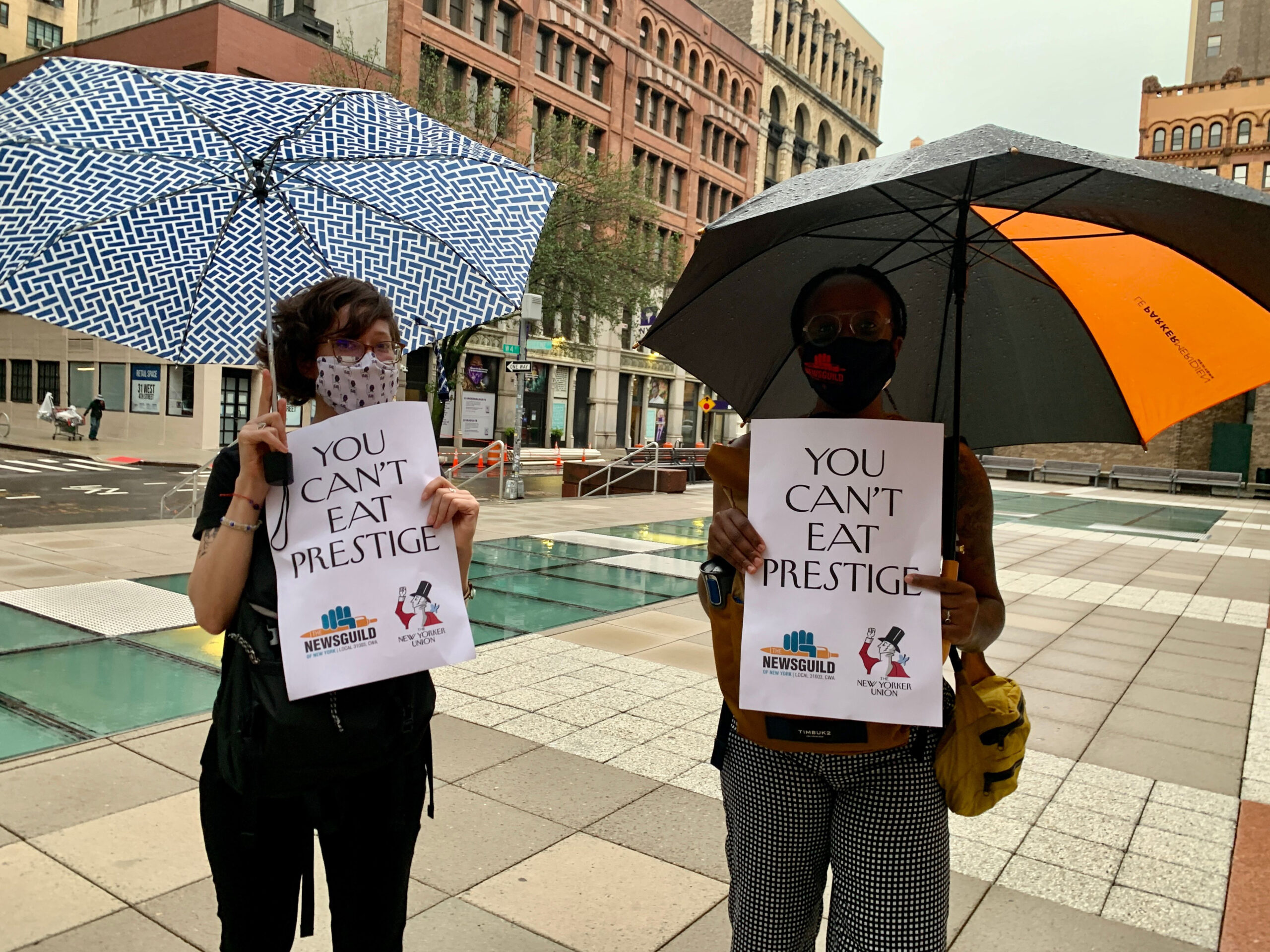NEW YORK (THE WASHINGTON POST) – An hour after editor David Remnick announced last week that the New Yorker would undergo layoffs, a few dozen staffers piled into the elevators at 1 World Trade Centre and rode 11 floors up to the C-suites to demand answers.
Parent company Condé Nast is cutting nearly 300 people from across its dozens of titles this fall, but it was still a surprise that the layoffs would reach a magazine that’s considered its most prestigious brand – one that historically seemed to sit above gauche business concerns.
“We always assume that the New Yorker’s not affected, that’s pretty typical,” an employee at another Condé Nast title said, speaking on the condition of anonymity to avoid potential blowback.
While the rest of the magazine world often seemed in free fall – drooping readership and ad sales forcing cuts and closures across the industry – the New Yorker continued to staff up, publish weekly and command USD120 for a year’s subscription.
Digiday reported in 2018 that the New Yorker had 1.2 million subscribers, one of few magazines making more revenue from subscriptions than from advertising. That, combined with an events business that hosts the star-studded annual New Yorker Festival, put it on solid financial footing.
The New Yorker declined to comment about its finances, but according to the most recent accounting from the Alliance for Audited Media, the New Yorker’s circulation was 1.25 million for the first half of 2023.

But even if the magazine had been largely insulated from the media industry turmoil, when the axe came down, its union was uniquely prepared to respond.
Two years after the small army of fact-checkers, editors and assistants who help produce the New Yorker’s prizewinning work secured their first collective bargaining contract, it’s become one of the most forceful media unions in the industry.
Its headline-making tactics have included day-long work stoppages, a picket outside Condé Nast executive Anna Wintour’s Manhattan home and a pressure campaign on labour-friendly politicians such as Rep Alexandria Ocasio-Cortez (D-NY) and Sen Elizabeth Warren (D-Mass) to withdraw from the New Yorker Festival.
“We’ve been a fighting union since at least since our contract campaign,” said Hannah Aizenman, the New Yorker poetry coordinator and chair of the unit.
Admittedly, the union was blindsided when the company cut four jobs in June, a move that was not reported at the time – but it put leaders on the alert that layoffs, which the New Yorker avoided when Condé Nast made deep cuts in 2017 and 2020, could indeed happen at the vaunted magazine.
So when Remnick announced the cuts – 10 union workers laid off and a roughly equal number of non-union worker departures, according to multiple people from the company and the NewsGuild – in an abruptly scheduled 15-minute meeting last week, the union was prepared.
Staffers marched to the executive offices to confront Condé Nast’s head of labour relations demanding the company share information about the layoffs that it is contractually obligated to provide and requesting a meeting to discuss voluntary buyouts as an alternative to layoffs.
While they spoke, several security guards wandered the perimeter of the crowd.
“When security is there, it’s meant to give the impression that you’re doing something wrong,” Aizenman said.
By Monday, the NewsGuild of New York, which represents the New Yorker Union, had filed an unfair-labour-practice charge against Condé Nast – objecting to the presence of guards, which the union said was an attempt to intimidate its members.
“This is a very troubling pattern of behaviour by Condé Nast management,” NewsGuild President Susan DeCarava said in a statement, which noted that security guards had appeared during previous union activities at the building.
“Our members have a right to demand answers from company leadership without being illegally surveilled and having security called on them.”
In a statement, a Condé Nast spokesman said the building’s security team “followed standard building security protocol and did not engage with any union member.”
Across the larger Condé Nast empire, staffers say the rollout of the layoffs this fall has created uncertainty and dread.
On November 14, the company sent the union that represents workers at titles such as Bon Appétit, GQ, Vanity Fair and Vogue a list of around 90 names of employees who were targeted for layoffs.
Because that union is still bargaining its first contract with Condé Nast, management must first negotiate the terms of the layoffs – meaning that the people named weren’t officially laid off yet, they just knew the company wanted them gone.
In the company’s in-house messaging programme, staffers changed their avatars to read “I’m on the list” or “I’m with the list,” in protest of the proposed layoffs.
“It’s very awkward, obviously, for these people who are basically laid off but not officially, and they’re just like, do I still do my job?” said one Condé staffer who spoke on the condition of anonymity to talk candidly.
“We fully respect our employees’ right to organise and have repeatedly attempted to bargain with the union in good faith about a proposal made over a month ago. They have yet to respond,” the company spokesman said.
Meanwhile, union members say it remains unclear why Condé Nast is laying people off. In his November 1 memo announcing the cuts, CEO Roger Lynch said that the company is expecting its third-straight year of overall revenue growth.
“Condé Nast has flatly refused to be transparent with the full union membership about why these layoffs are necessary,” DeCarava said.






